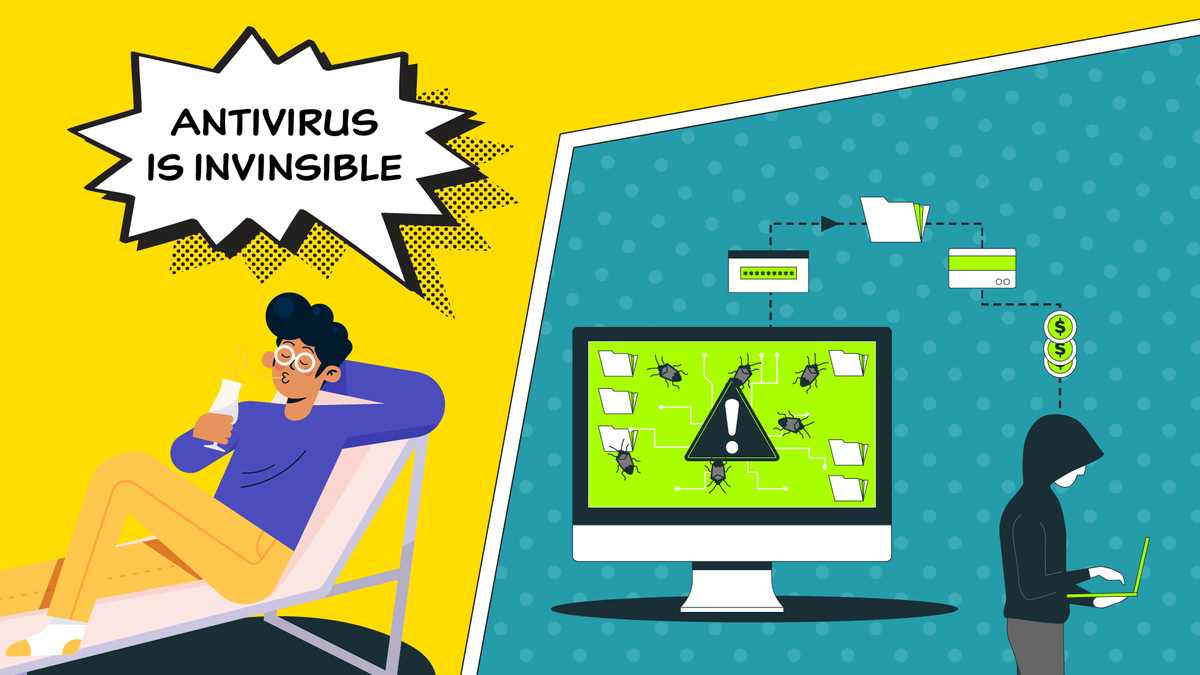Common Cyber Safety Misconceptions: Busted!
Debunking cybersecurity myths: More tools don't equal safety, phishing is hard to spot, workforce size isn't a fix, and antivirus isn't foolproof.

In the ever-evolving landscape of cybersecurity, debunking myths is crucial for safeguarding digital environments. Let’s explore some prevalent misconceptions and unveil the reality behind them.
Myth #1: “More cybersecurity tools mean more protection.”
Reality:
While having cybersecurity tools is essential, simply having more tools doesn’t necessarily guarantee a secure computer system. The key lies in having the right tools that are properly configured and integrated into a comprehensive cybersecurity strategy. Over-reliance on tools without proper understanding and management can lead to gaps in system security.
Facts: According to research by PwC, only 38% of UK companies are highly confident in their ability to manage cybersecurity risks, despite increased investment in cybersecurity tools.
Myth #2: “It’s easy to spot phishing scams.”
Reality:
Phishing scams are becoming increasingly sophisticated, making them harder to detect. While some phishing attempts may be obvious, others can be highly convincing, with social engineering tactics like QR phishing scams and SIM swapping emerging as new threats. Proper cybersecurity training and awareness programs are crucial to help users recognize and respond to these latest phishing attempts effectively.
Facts: A 2023 study by the UK government revealed that 79% of UK businesses and 83% of charities faced phishing attacks in the last 12 months, leading to business costs and reputational damage.
Myth #3: “Increasing the workforce solves cybersecurity problems.”
Reality:
While having a skilled cybersecurity workforce is essential, it’s not a standalone solution. Effective cybersecurity requires a combination of other factors, including skilled employees, robust processes, and appropriate technologies. Additionally, cybersecurity is an ongoing effort that requires continuous monitoring, adaptation, and improvement.
Facts: Around 50% of UK businesses face a shortage of basic cybersecurity skills, while 33% struggle with a lack of advanced skills.
Myth #4: “Antivirus software makes me invincible.”
Reality:
Antivirus software is crucial, but it’s not a magical shield. It detects known threats, but new and evolving malware can slip through. Regular updates, strong passwords, and cautious online behavior are equally important.
Facts: In 2023, the average cost of a data breach was $4.24 million, despite organizations having antivirus protection.
Myth #5: “Private browsing keeps me anonymous.”
Reality:
Private browsing (incognito mode) only prevents your local browser from storing history and cookies. Your ISP, websites, and hackers can still track you. For true anonymity, consider using a VPN and Tor.
Facts: In 2023, 81% of global internet users expressed concern about online privacy.
Myth #6: “I don’t need to update my software regularly.”
Reality:
Software updates often include security patches. Ignoring them leaves vulnerabilities open. Cybercriminals actively exploit outdated software. Keep your system up-to-date!
Facts: The Equifax data breach in 2017 was due to an unpatched vulnerability, affecting 147 million people.





